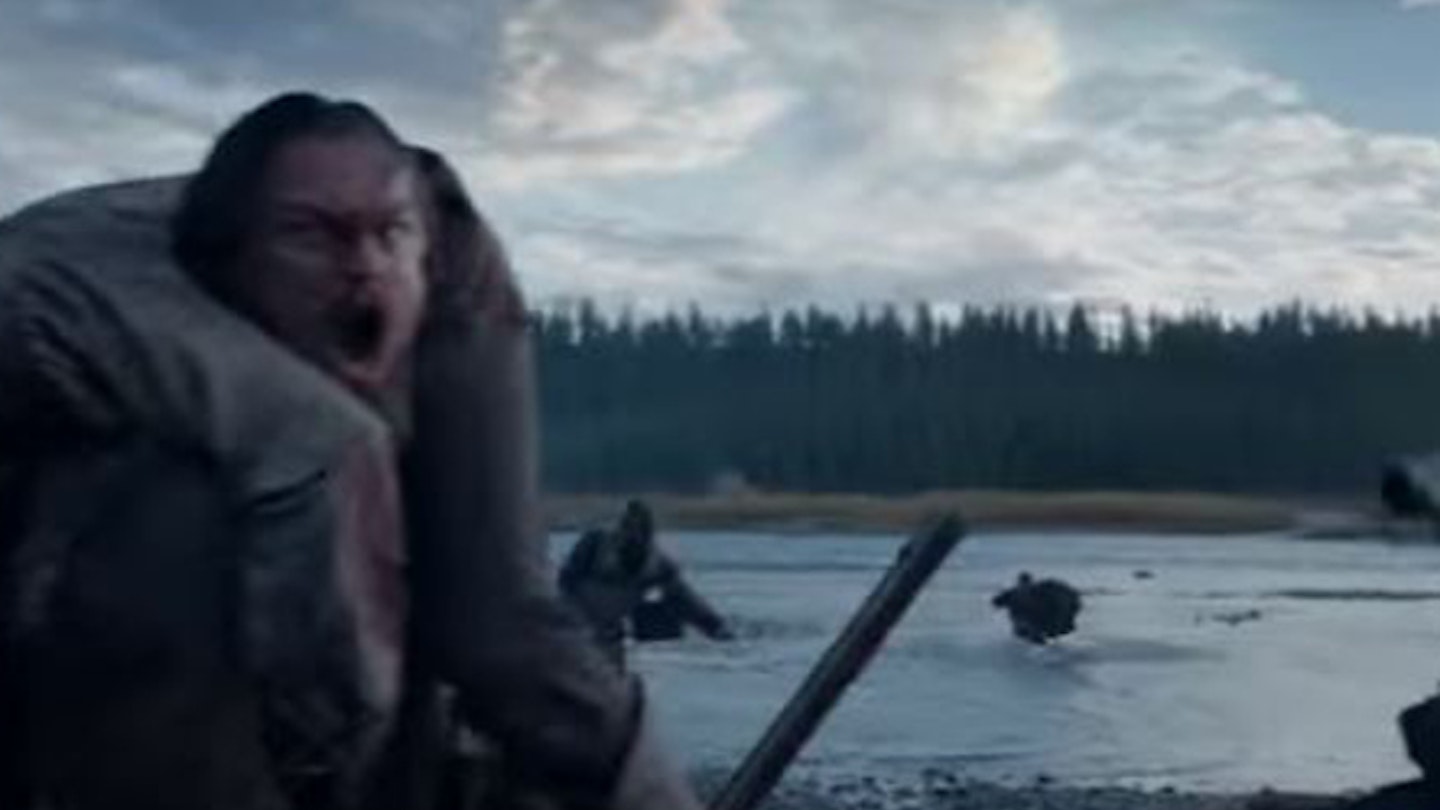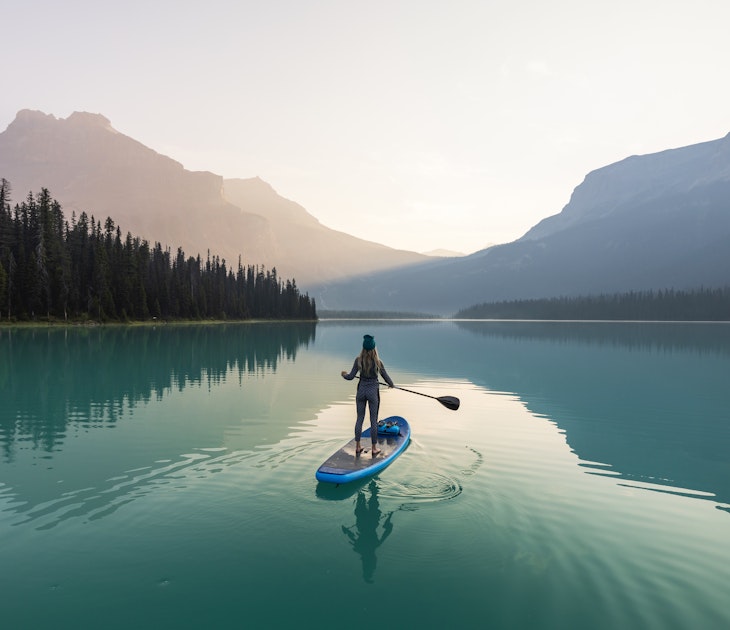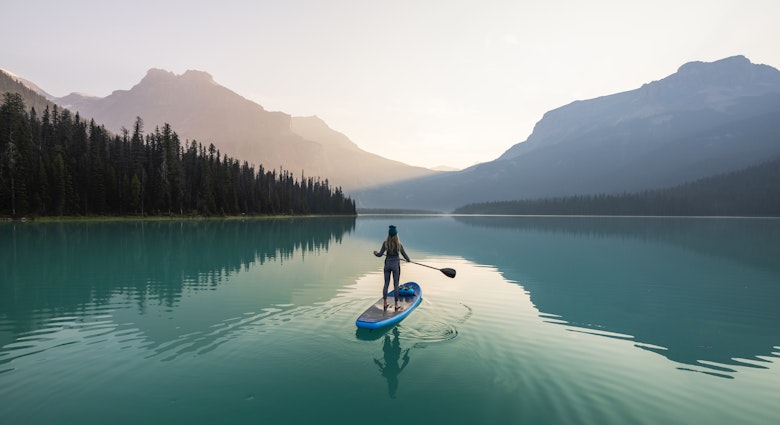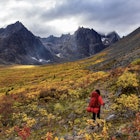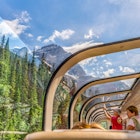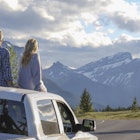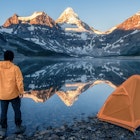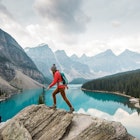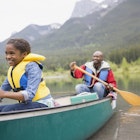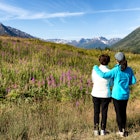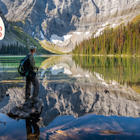For anyone who's seen the 12 times Oscar nominated movie, The Revenant, one of the undeniably memorable features of Alejandro G. Inarritu's latest ouevre, is the spectacularly beautiful and rugged landscape.
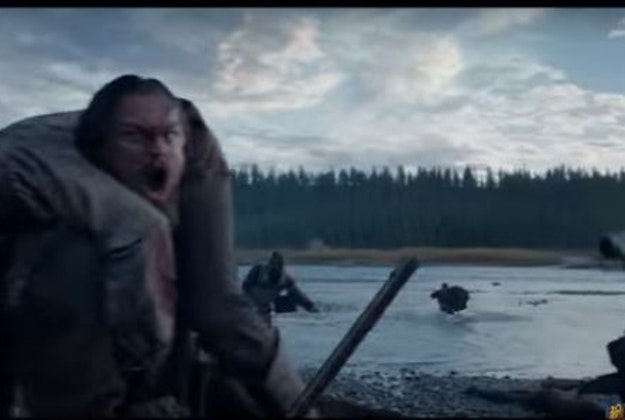
The Revenant tells the true story of legendary frontiersman Hugh Glass, and if you want the movie to be a complete surprise, stop reading now. Glass was part of a fur-trading company that was out collecting pelts somewhere in South Dakota, when he was famously attacked by a grizzly bear and left for dead by two comrades who had been paid to stay with him. In an unlikely series of events, Glass realises what has happened and crawls the distance of almost 100 miles through unexplored 'Indian territory' of the midwest to get his revenge.
In interviews during the filming, Innaritu stressed the importance of the role played by the locations and the landscape in The Revenant, which were all shot in natural light. Dozens of location scouts were employed to find the wildest, most scenic places to shoot, which resulted in most of the filming taking place in Alberta, Canada. A lot has also been written on the hardships faced by the crew during filming, with actor Leonardo DiCaprio stating it was his hardest shoot to date, and Domhnall Gleeson describing the shoot as 'miserable'. The camera reportedly froze, filming was stopped due to bad weather, and cranes and kit had to be manually transported to areas that were inaccessible. The film also ended up having to be moved to Argentina for some scenes, as the weather worsened. But Inarritu has stood by his decision, telling The Hollywood Reporter that "if we ended up in greenscreen with coffee and everybody having a good time, everybody will be happy, but most likely the film would be a piece of shit."
If the landscape was a hardship for the crew, it is undoubtedly a pleasure for the viewer, for whom it becomes one of the main aesthetic take-aways from the movie. For those who enjoyed the movie, and are interested in taking a walk on the wild side, these are some of the locations captured in The Revenant:
Stoney First Nations Reserve
The Revenant opens with a battle between the fur-traders and the Arikara Native Americans. It's shot in what is an actual Native American reserve (First Nations in Canada) near Morley, Alberta.
Kananaskis Country
Kananaskis Country is an area in the Canadian Rockies made up of provincial parks, recreation areas and an ecological reserve to the West and Southwest of Calgary. It's used in the scene where Hugh Glass is walking across what appears to be either a snowy valley or a frozen lake.

Fortress Mountain
This was reportedly one of the toughest locations to shoot. A lot of the high-elevation mountain scenes are shot here, with the crew having to employ dynamite at one stage to cause an actual avalanche. Fortress Mountain is situated in a remote part of Alberta.
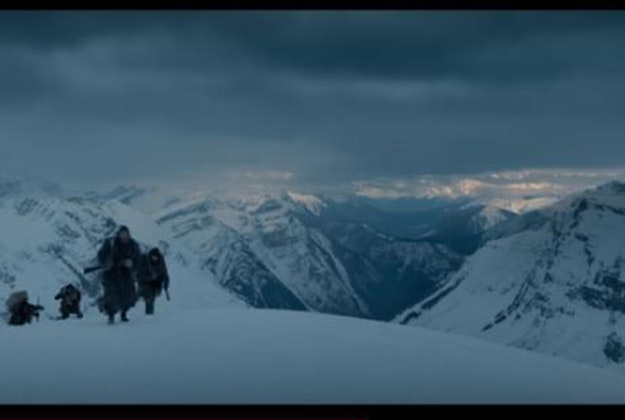
Upper Squamish Valley
Not in Alberta, but in British Columbia, this location was used for the notorious bear attack scene. It was also used for some of the other scenes that required woodland and campsites.
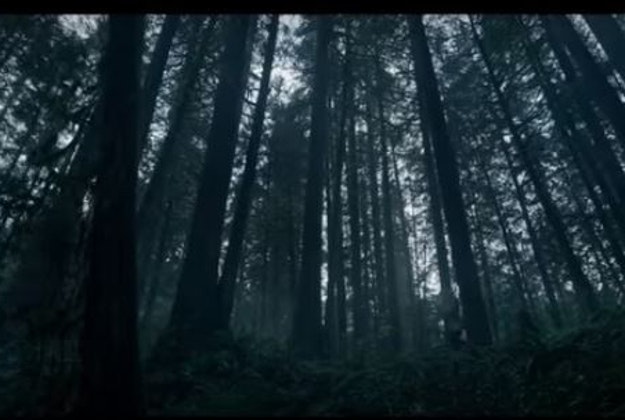
Kootenai Falls
In one of the moments of incredible bad luck, Glass ends up in some rapids and eventually a waterfall. These scenes were shot in Montana, one of the few departures from the Canadian landscape, and are truly breathtaking.
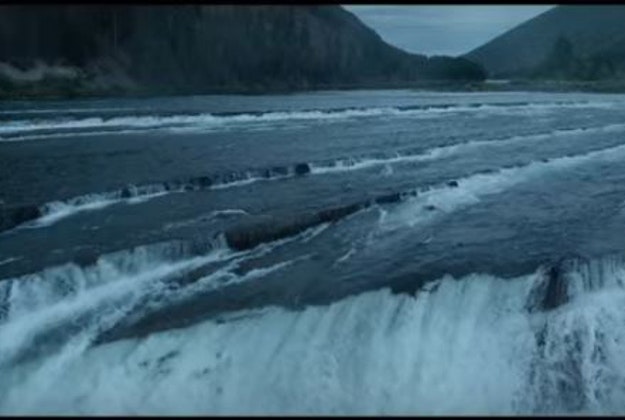
Tierra del Fuego, Argentina
The snow melted while filming, and Inarritu was forced to drag his already exhausted crew to Argentina's Tierra del Fuego in search of appropriately frigid conditions. The last scene in the movie is shot in Ushuaia.
Watch the trailer here
